The Great Lake Tonle Sap & Floating Village
Tonle Sap Lake is the largest freshwater lake in Southeast Asia and is the second most popular attraction in Siem Reap, after Angkor Wat. Also called Boeung Tonle Sap, it hosts one of the world’s most vibrant ecosystems, with massive numbers of many different species of wildlife in and around the lake, which helped to sustain and grow the ancient Khmer civilisation and continues to supply Siem Reap restaurants. It is also famous for its fascinating local communities and their floating villages. The massive lake is as much as 250 km in length and 100 km across at its widest point, making it seem like an inland ocean because it is impossible to see the opposite shore from ground level. Surprisingly, it is actually fairly shallow, with a maximum depth of only 10 metres, but the sheer size of it means that it can hold up to 80 km3 of water.
There are actually several so-called floating villages located on and around the Tonle Sap Lake and they are all somewhat different. Naturally, most of the villages depend on the lake for the natural resources it provides, in terms of fishing and wetlands. While you can try a ‘do-it-yourself’ tour, it can be a hassle and there are stories of people having problems trying to do it themselves. We therefore strongly recommend you book a tour to the area, most of which include roundtrip transport, lunch and plenty of opportunities to interact with the local residents. The four main floating villages are listed below.
Chong Khneas
The Tonle Sap Lake floating village nearest to Siem Reap, it is the one most visited by tourists. In the wet season, it really is a floating village, with houses, shops, schools, etc. all bobbing on the water. Even though it is somewhat ‘touristy’, it is still interesting and worth seeing. Tours usually include stopping at a souvenir and snack shop, and a visit to the Gecko Environment Center.
Kampong Phluk
This is not actually a floating village as the houses are built on tall stilts. In the dry season, the village is high and dry, with the tall stilted houses lining the road. When the water level is high, the stilts are submerged, and the houses seem to ‘float’. This is also the place where you can take boat rides through the flooded forest. It is visited by relatively few tourists. Home-stay is available.
Kampong Khleang
Being far from Siem Reap, it takes about two hours by boat from the Phnom Krom boat landing to reach here. There is an outer floating village and an inner stilted village. Kampong Khleang has the largest population of all the villages on Tonle Sap Lake and its remote location means that it is visited by fairly few tourists.
Prek Toal
A somewhat smaller floating village, it is the starting point for bird watching tours to the Prek Toal core area of the Tonle Sap Biosphere Reserve. This is an important habitat for many endangered bird species. There is a biosphere information centre and a water hyacinth weaving centre. Overnight stay is possible, but is not well organised and may not be suitable for all visitors.
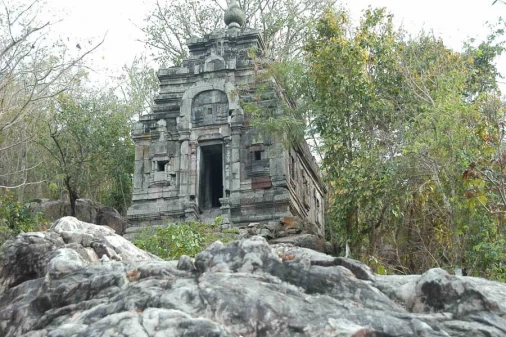
Angkor Borei
Angkor Borei is a town in the area of several ruins and archaeological digs. The area contains artifacts...
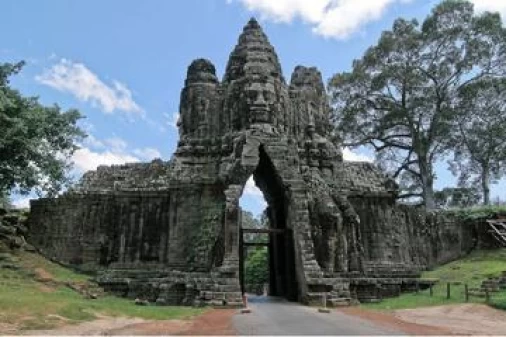
Angkor Thom
The Great City or Capital Angkor derives from Sanskrit word: “Nagara” meaning “City or Town or Capital”;...
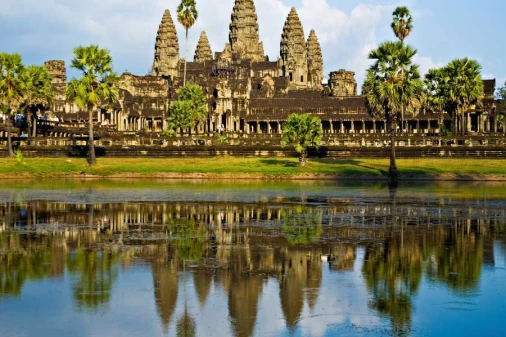
Angkor Wat
The traveller’s first glimpse of Angkor Wat, the ultimate expression of Khmer genius, is matched by...
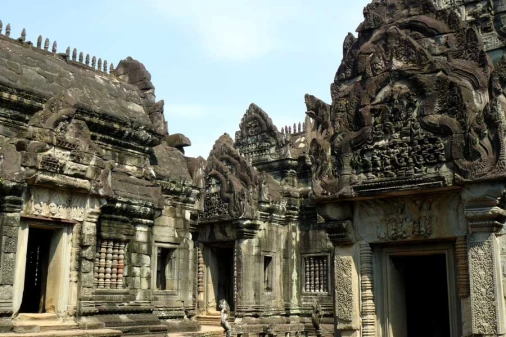
Banteay Sam Re
Banteay Sam Re located at Preah Dak commune, Bon Tiey Srey District by Charles De Gaulle Road via Angkor...
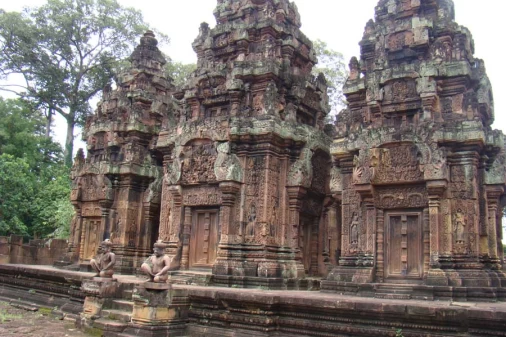
Banteay Srei Temple
Considered by many to be the jewel in the crown of Angkorian art, Banteay Srei is cut from stone of...
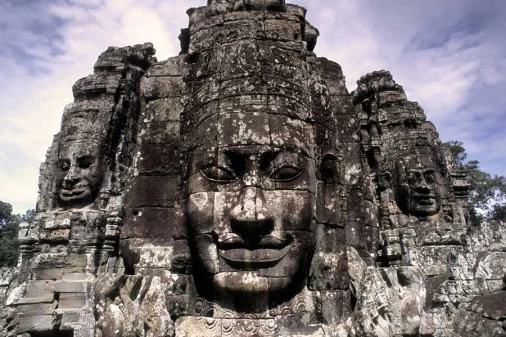
Bayon Temple
At the heart of Angkor Thom is the 12th-century Bayon, the mesmerising, if slightly mind-bending, state...
You may also like
Cambodia Discovery 7 Days
- Depart Time:Daily
- Starts/Ends:Phnom Penh/Siem Reap
- Tour type:Private Tours
- Travel Style:Heritage Tours, Family Tours, Culture & History
- Activities:Walking tours, Local culture tours, Cultural, religious and historic sites tours, Countryside and village visits tours
- Suitable for:Solo, Family, Group, Couple
- Age range:1 To 90 Years
- Operated in:English, French, Spanish, German, Italian
Cambodia Cities & Southern Coast 12 Days
- Depart Time:Daily
- Starts/Ends:Siem Reap /Phnom Penh
- Tour type:Private Tours
- Travel Style:Heritage Tours, Family Tours, Culture & History
- Activities:Walking tours, Local culture tours, Cultural, religious and historic sites tours, Countryside and village visits tours
- Suitable for:Solo, Family, Group, Couple
- Age range:1 To 90 Years
- Operated in:English, French, Spanish, German, Italian
Truly Cambodia 11 Days
- Depart Time:Daily
- Starts/Ends:Phnom Penh/Phnom Penh
- Tour type:Private Tours
- Travel Style:Heritage Tours, Family Tours, Culture & History
- Activities:Walking tours, Local culture tours, Cultural, religious and historic sites tours, Countryside and village visits tours
- Suitable for:Solo, Family, Group, Couple
- Age range:1 To 90 Years
- Operated in:English, French, Spanish, German, Italian
Cambdodia In Style 10 Days
- Depart Time:Daily
- Starts/Ends:Siem Reap /Phnom Penh
- Tour type:Private Tours
- Travel Style:Family Tours, Culture & History
- Activities:Walking tours, Local culture tours, Cultural, religious and historic sites tours, Countryside and village visits tours
- Suitable for:Solo, Family, Group, Couple
- Age range:1 To 90 Years
- Operated in:English, French, Spanish, German, Italian
 France
France  Spain
Spain  German
German  Italian
Italian 





 Vietnam Tours
Vietnam Tours  Cambodia Tours
Cambodia Tours  Myanmar tours
Myanmar tours  Thailand Tours
Thailand Tours  Laos Tours
Laos Tours